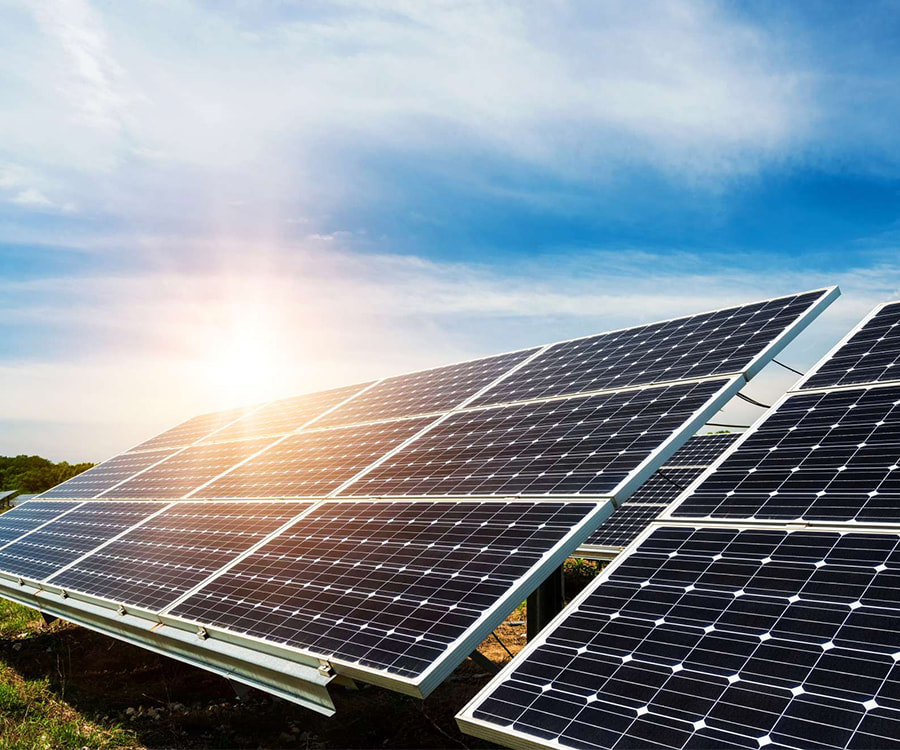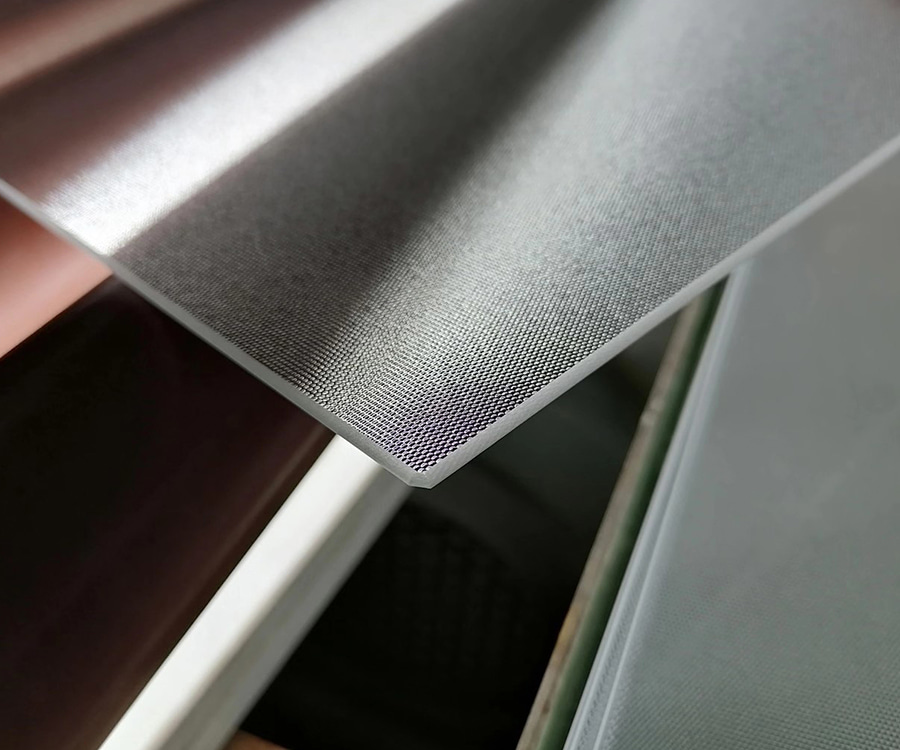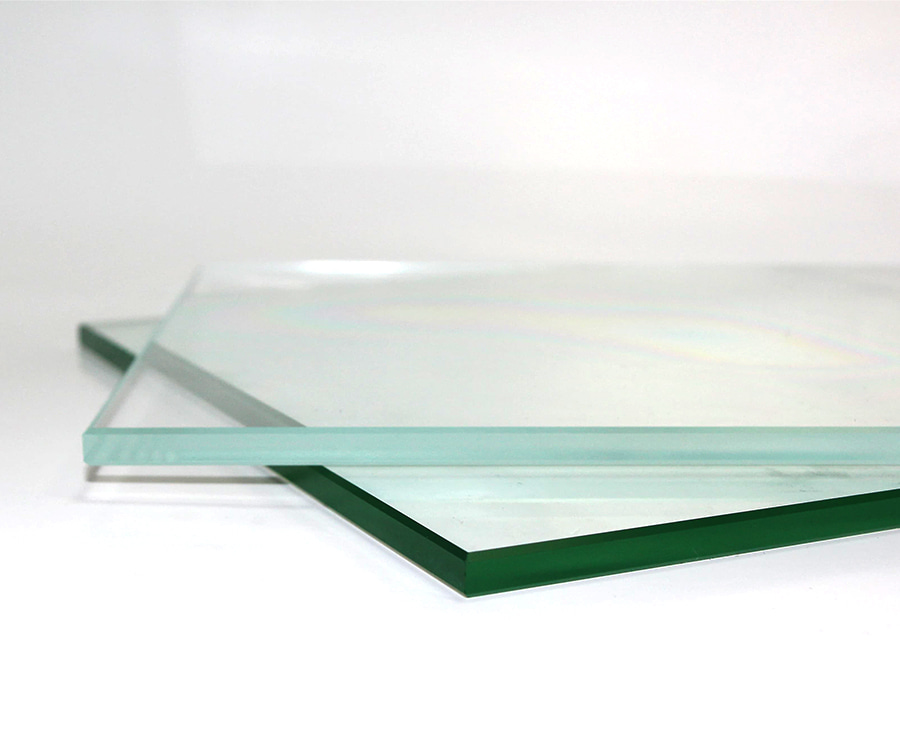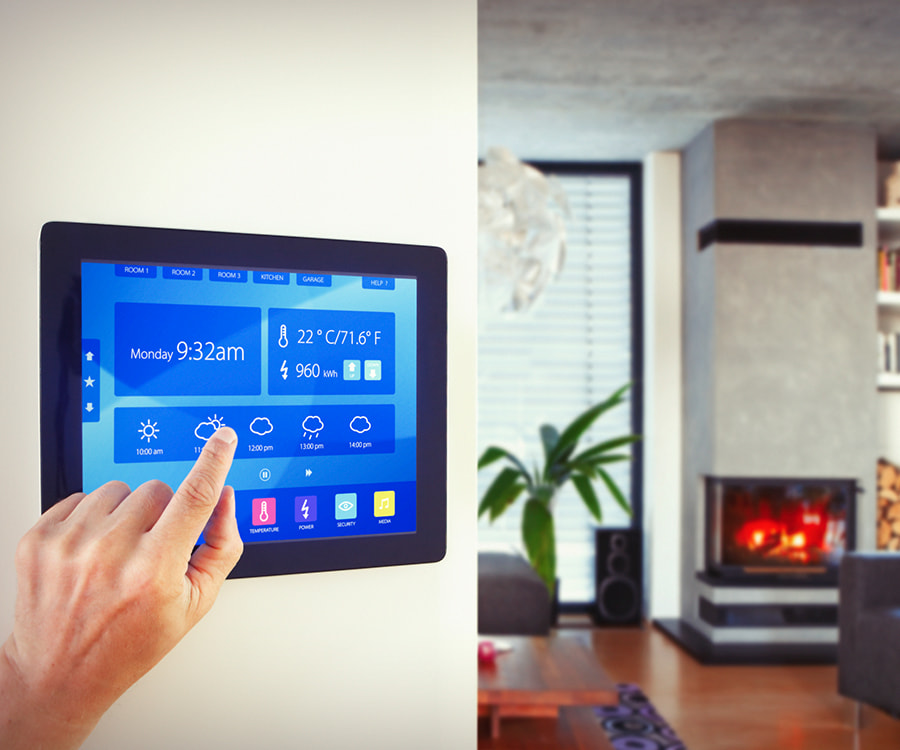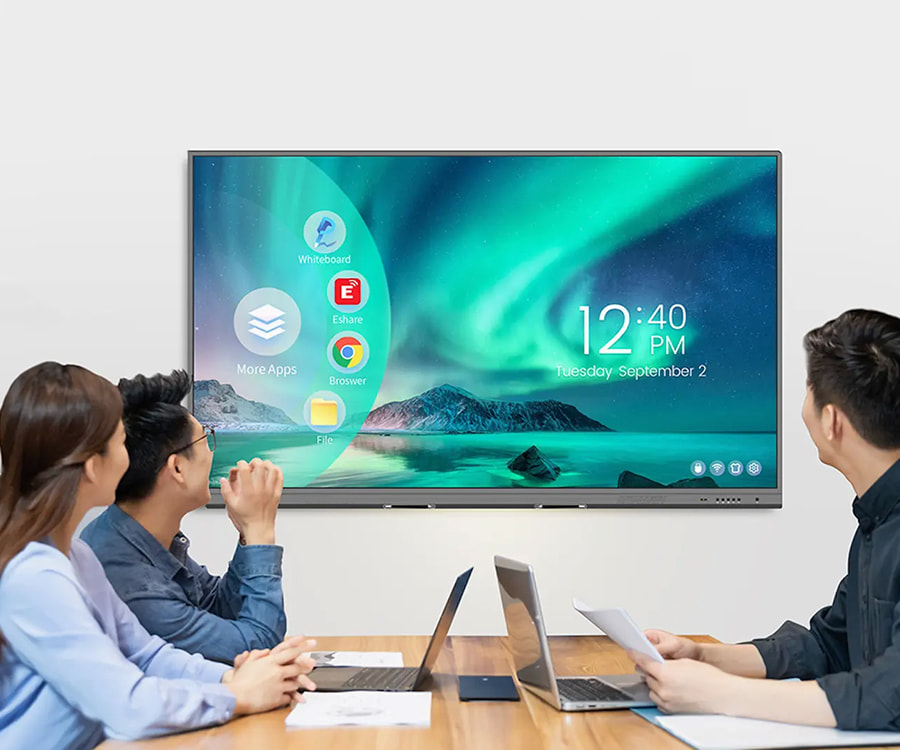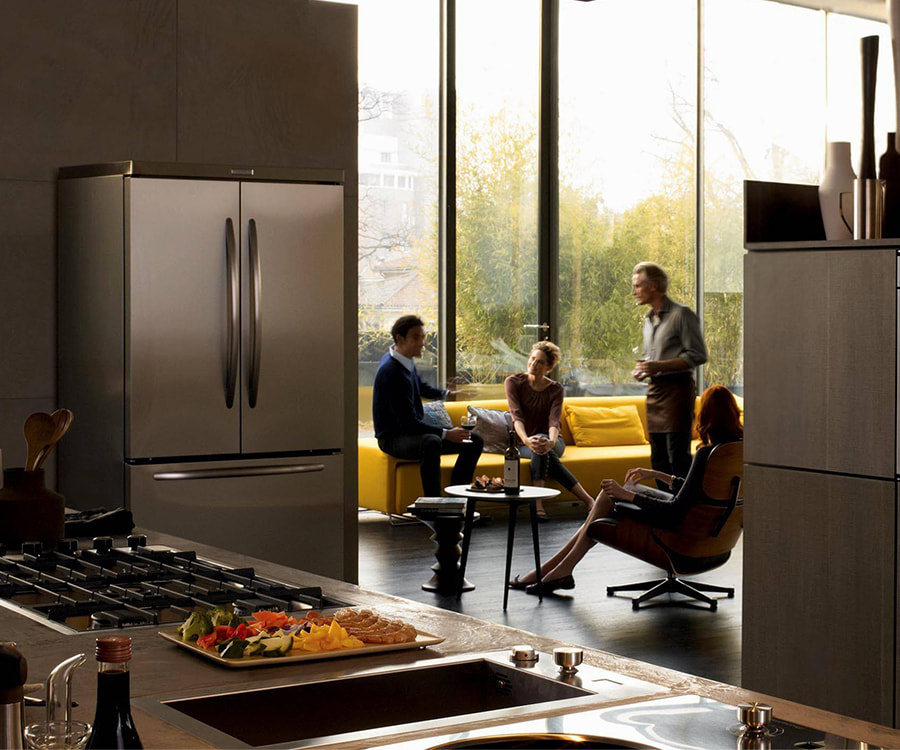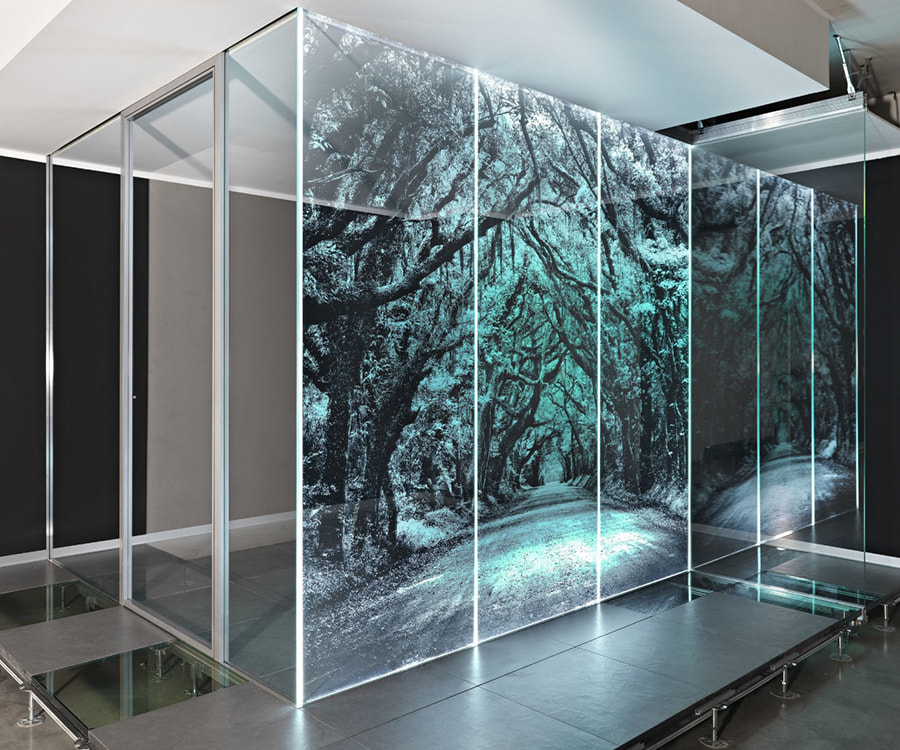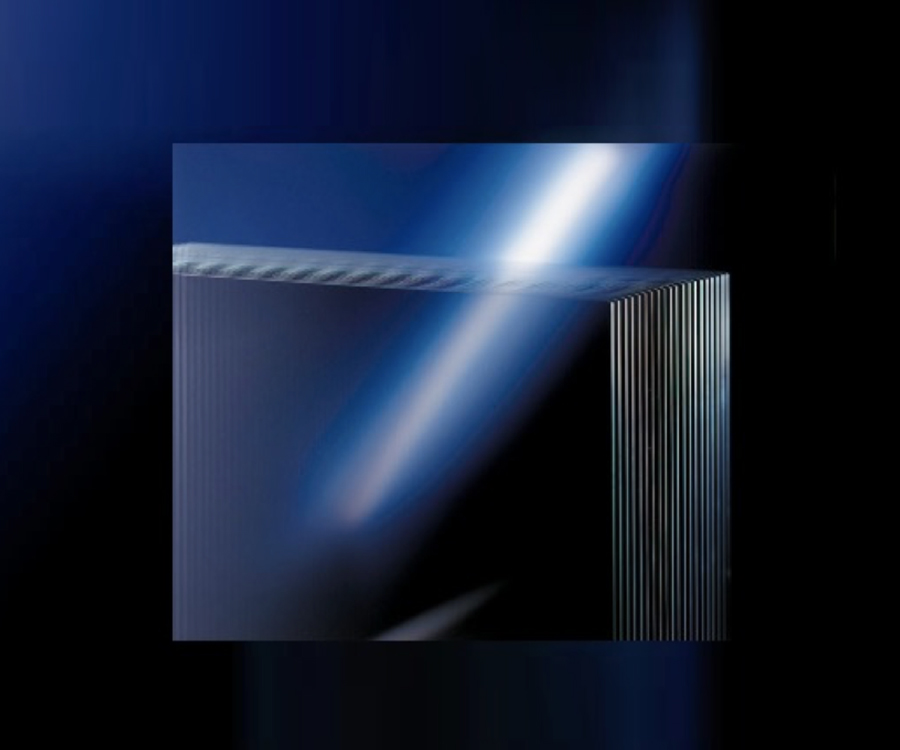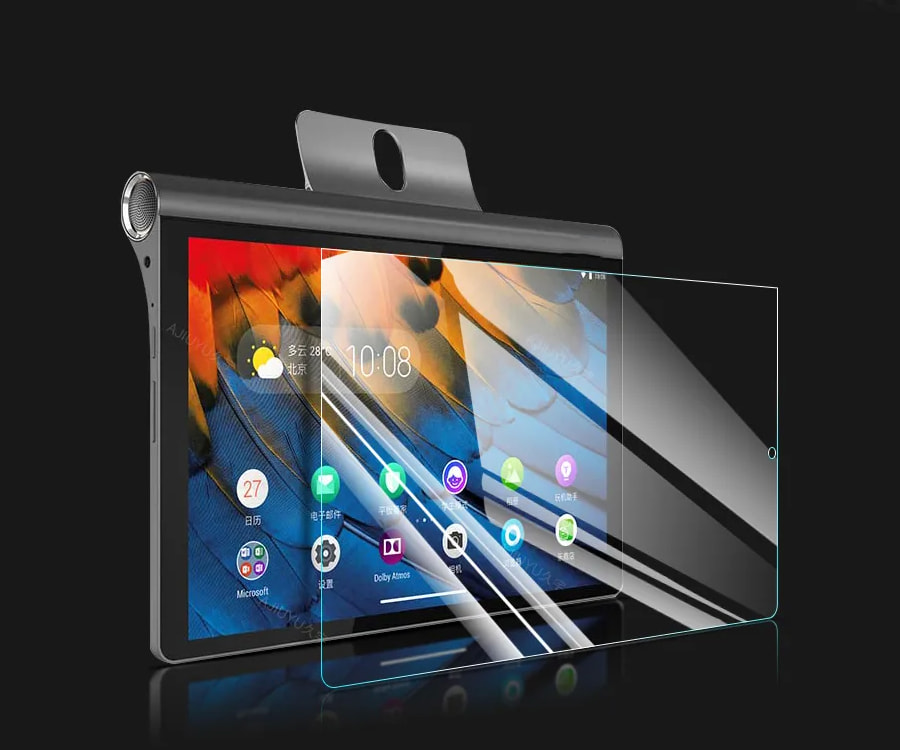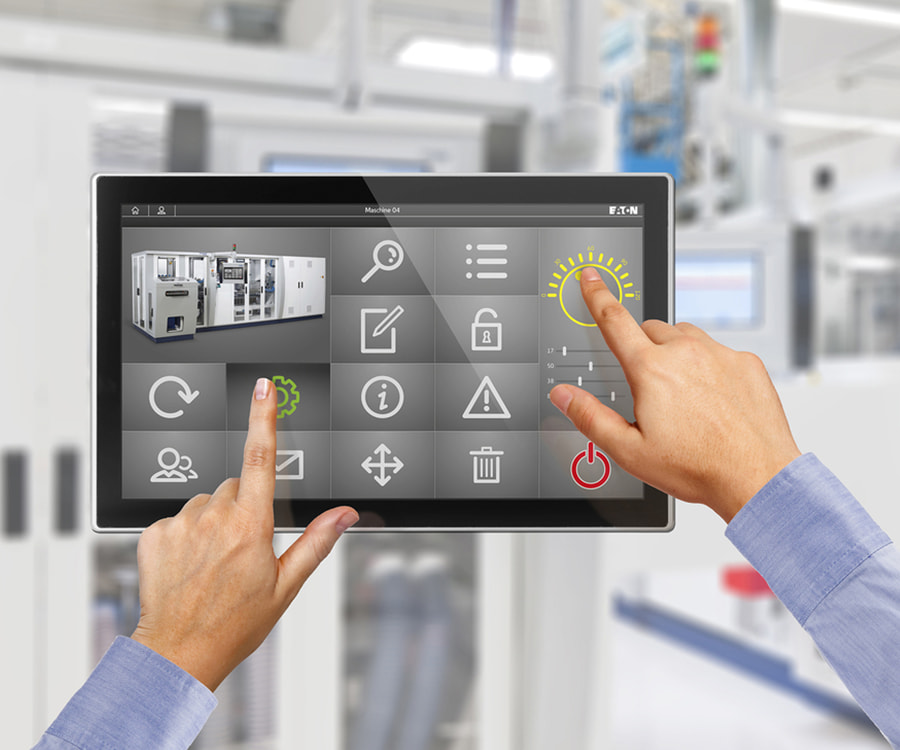In modern business and educational environments, interactive conference flat glass panels have become a standard for efficient collaboration. However, as the cutting-edge medium for user interaction with the screen, the choice of conference flat glass is crucial.
Content
1. AG Anti-Glare Glass: Eliminates Reflections, Focuses on Content
AG anti-glare glass uses a special chemical etching or coating process to create a finely textured surface. When light strikes the glass, these rough surfaces diffuse the concentrated specular light, reducing glare and protecting eyesight.
Advantages of AG Glass:
- Reduced Ambient Light Interference: Especially in brightly lit conference rooms, AG conference flat glass effectively eliminates strong reflections from lights and windows on the screen.
- Enhanced Writing Experience: The slightly frosted surface of AG glass provides a writing friction closer to that of paper, enhancing touchscreen writing comfort.
- Cost-Effectiveness: Compared to AR glass, AG glass generally offers a better price-performance ratio while still providing anti-glare performance.
Applicable Scenarios:
Suitable for conference equipment and electronic educational devices with ample natural light or where frequent writing and annotation is required.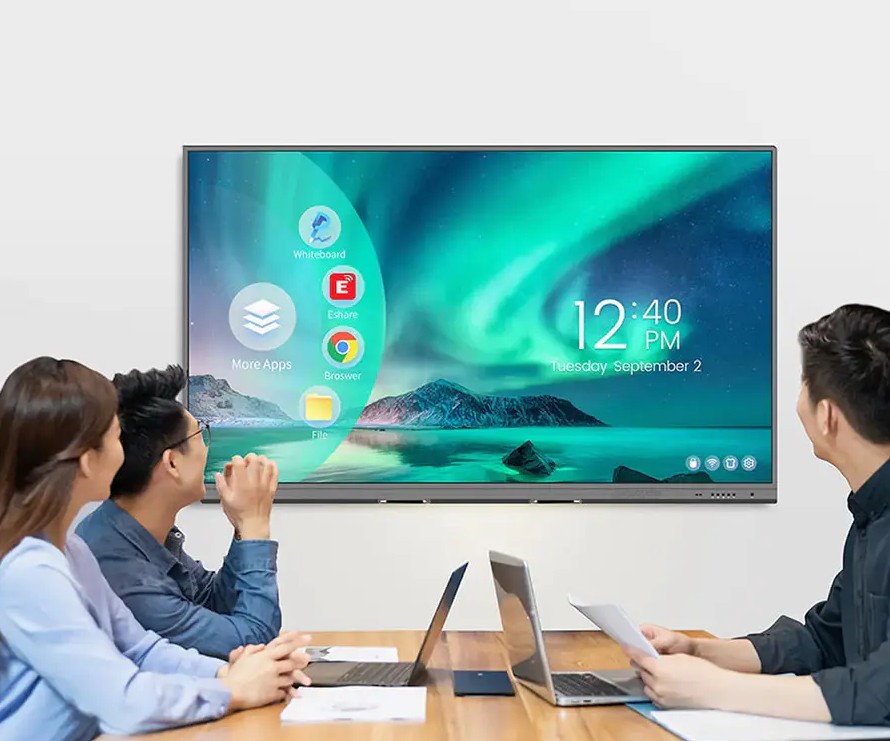
II. AR Anti-Reflective Glass: High Definition, High Transparency, and Authentic Colors
AR anti-reflective glass (also known as anti-reflective glass) utilizes the principles of optical interference to coat the glass surface with a multi-layer optical coating. Its core function is to significantly reduce light reflectivity, thereby increasing light penetration, resulting in clearer displays and more realistic colors.
Advantages of AR Glass:
- Extreme Clarity: AR-treated conference flat glass has extremely high light transmittance, maximizing the reproduction of screen color and brightness for a more stunning visual experience.
- Color Fidelity: Suitable for professional conference settings requiring the highest color for images, videos, and design drafts.
- High Flatness: Compared to AG glass, AR glass maintains a higher degree of surface flatness.
Applicable Scenarios:
Suitable for conference tablets requiring high-definition image presentations, video conferencing, or those requiring professional-grade display quality.
III. The Key Decision: AG vs. AR: How to Choose?
| Feature Comparison | AG Anti-Glare Glass | Anti-Reflective Glass (AR) |
| Working Principle | Diffuses reflected light (creating a matte finish) | Eliminates reflected light (using optical coating) |
| Main Effects | Reduces glare for an enhanced writing feel | Increases light transmittance and enhances color fidelity |
| Visual Appearance | Slightly hazy for a soft, smooth finish | Extremely clear, with a strong mirror-like finish |
| Ease of Cleaning | Easy to clean for a clean appearance | Easy to clean, for a clean appearance |
| Manufacturing Process | Chemically etched/coated | Multi-layer optical coating |
Final Recommendation:
- Focus on Writing and Anti-Reflection: If your primary need is long-term writing and annotation, and the conference room has complex lighting, AG conference flat glass should be preferred.
- Focus on Color and Image Quality: If your meeting content involves a large number of high-definition images and video presentations, and you demand the highest quality, AR glass should be considered.
IV. Customization and Reliability: The Key to High-Quality Conference Glass
Whether AG or AR, high-quality conference flat glass must possess reliable physical properties.
High Reliability:
Glass should be heat-tempered or chemically tempered to ensure high impact resistance, prevent accidental damage, and enhance safety for touchscreen use.
Customized Design:
Excellent conference flat glass manufacturers can provide CNC or laser processing services to achieve complex shapes such as special shapes and through-holes, and support multi-color printing to match the appearance and design style of different conference equipment.
Improve Interactivity:
A high-quality conference flat glass with a clean appearance and easy cleaning can significantly enhance the user experience and truly increase the sense of participation and interactivity in meetings.
Choosing the right conference flat glass is the first step to ensuring a productive meeting experience. A full understanding of the differences between AG and AR, combined with your actual needs, will help you make the most informed purchasing decision.


